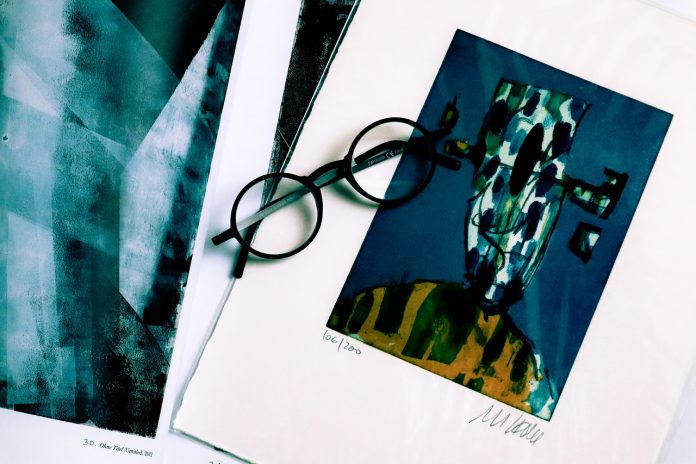Suppose you are an artist, or someone in the creative field pursuing graphic design, digital art, photography, or something similar. In that case, you’ve probably had people telling you to make a portfolio. It is one of the quintessential things for an artist to have. Even though a portfolio is vital, a lot of artists don’t make one for a long time, which may just be one of the reasons that their work isn’t being recognised or picked up.
A portfolio isn’t just a way to keep track of all your work in case somebody asks. It also signifies your confidence and how you express yourself. A lot of artists are reluctant to build a portfolio when they start out initially because they think that their work isn’t good enough or that they don’t have a lot to show. However, a portfolio provides you with the opportunity to showcase your best work from your completed projects. It will also allow you to have a base of work to refer back to when trying to find new clients or contacts. There are dozens of potential employers and employers online that are looking for artists, so improving your portfolio is important.
But first, let’s understand what a portfolio really is. A portfolio is essentially a curated collection of your creative work that can be used to show your capabilities as an artist to others. It is your personal platform to showcase your talent and potential, develop a reputation as an artist, and establish a network of people who are interested in your work.
To make a portfolio, the first thing you need to do is decide the medium through which you wish to showcase your work. This heavily depends on your work as an artist, and which platform is best for your style of art. In a digital world, make sure that your portfolio is on a platform that is online and easily accessible.
Once you choose your medium, you need to start building your personal brand. Your portfolio is your online footprint; the stories, work experiences, and passions that you’ve built on your own over time. Think of it as your CV, but much more personal and relevant. As an artist, you need to make sure that your portfolio is different from all the other ones out there. Make it pretty, make it however you want, because that’s who you are. Once you do that, all you have to do is make sure that it is up to date. If you work on new projects, include your new work in your portfolio. This way, potential clients and employers may also see your progress and growth as an artist.
As personalized as your portfolio may be, it also needs to reflect a certain level of professionalism. How can you achieve that? Firstly, ensure that all of your work is engaging and well-organized. It should start with a small bio that mentions what you do, where you’ve had your work published and what you’ve published. Then, you need to focus on the website design and layout. Make sure that it is well-curated, all the links are precise and well-placed, and all the photos are big and clear.
You need to remember that curating your portfolio will take time, and a lot of effort, It is completely okay if you aren’t happy with your first attempt, because you can keep working on it and updating it till you feel like it’s your own.



























